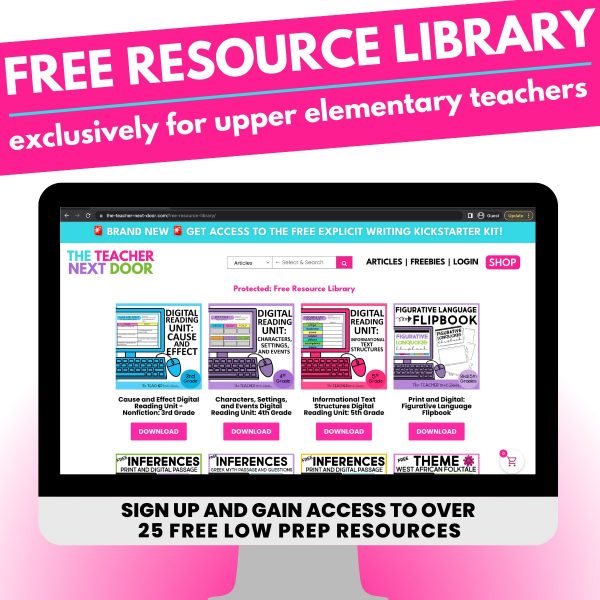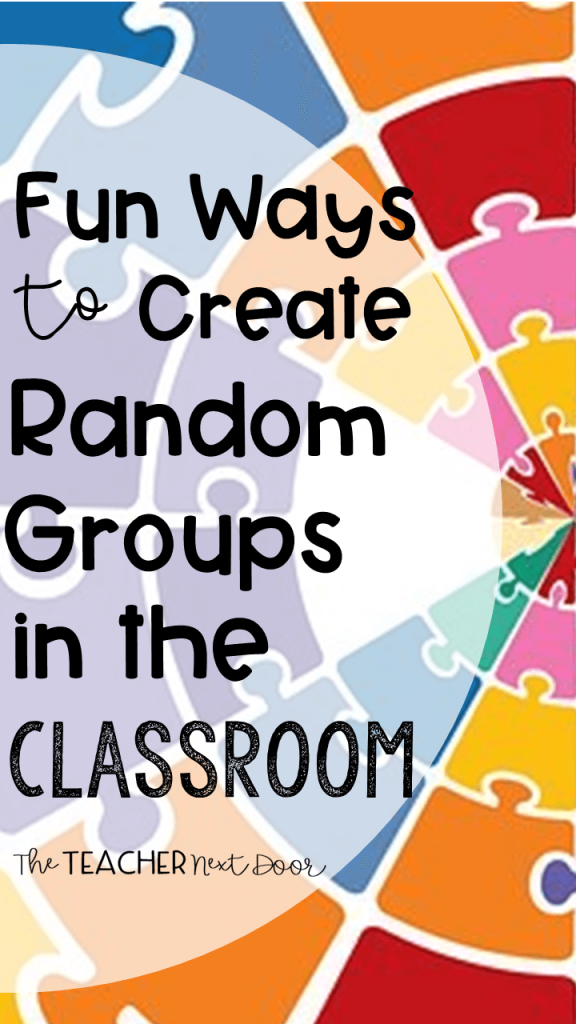
I love to have my kids work in small groups…not all the time of course, but often, frequently…okay, almost every day for some task or another.
I think it’s so beneficial for kids to learn to work together, to communicate ideas, to problem-solve with one another, that sometimes, the “working together” part is almost as important as the “whatever they’re working on” part of the activity.
I’m not talking about big research projects, because personally, teaching 4th and 5th grade, these big projects are better done independently, but for everyday types of activities like solving word problems, doing study guides, practicing creating topic sentences, finding the theme, etc. is where I find them the most beneficial.
Ground Rules
My kids LOVE it when I tell them that I’m going to put them into partner teams or small groups (weird, I know!). The way I work this is to explain the activity, pass out the items which will create the random groups (cards, sticks, puzzle pieces…), say “Go” and watch the kids match themselves up.
A few ground rules…when the kids get their stick (or card or puzzle piece) they aren’t allowed to show it to anyone or to tell anyone what they have received until I say go. Also, I tell the kids that the “sticks don’t lie”, which means that their partner(s) is who they are meant to work with. No trading partners or joining another group.
Also, after the kids have found their partner/team, they bring the stick (card/puzzle piece…) back to me and then get their paper or materials for the activity.
Ways to Create Groups:
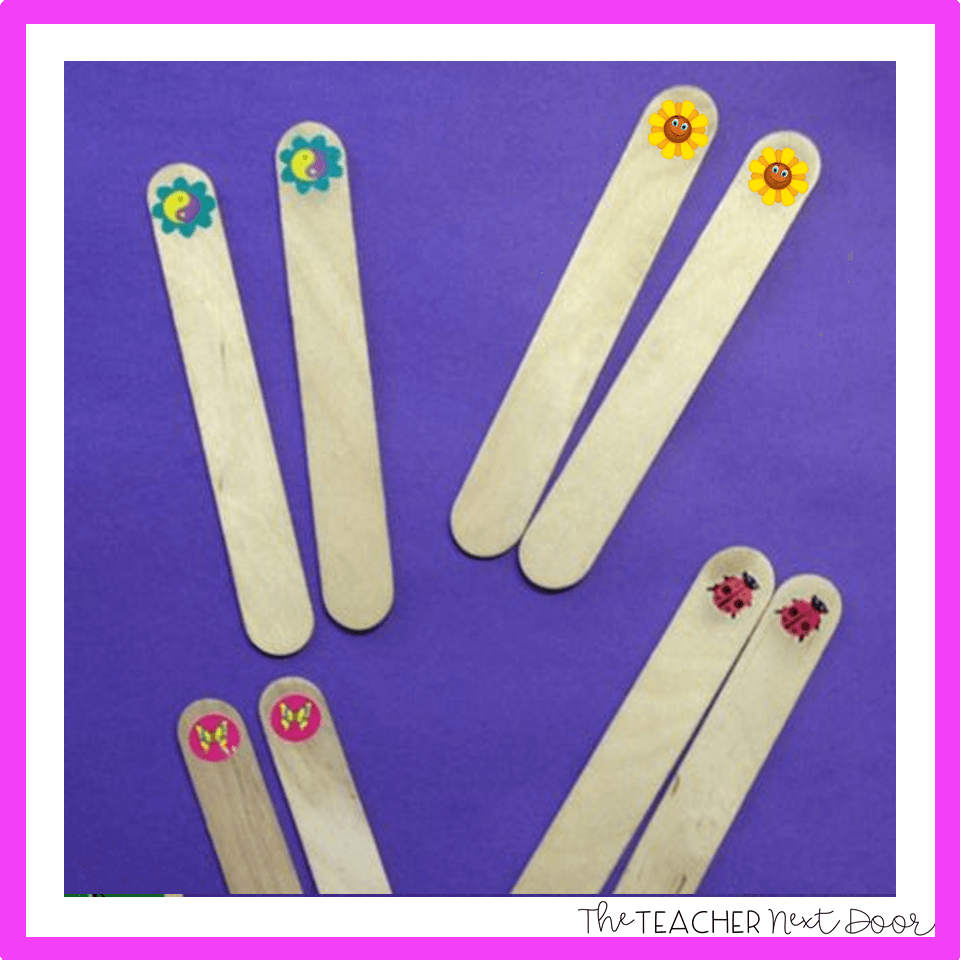
1. Popsicle Stick Matching Stickers
Place two (or more for groups of 3 – 4) stickers on Popsicle sticks. Place these upside down in a cup and kids choose a random one.
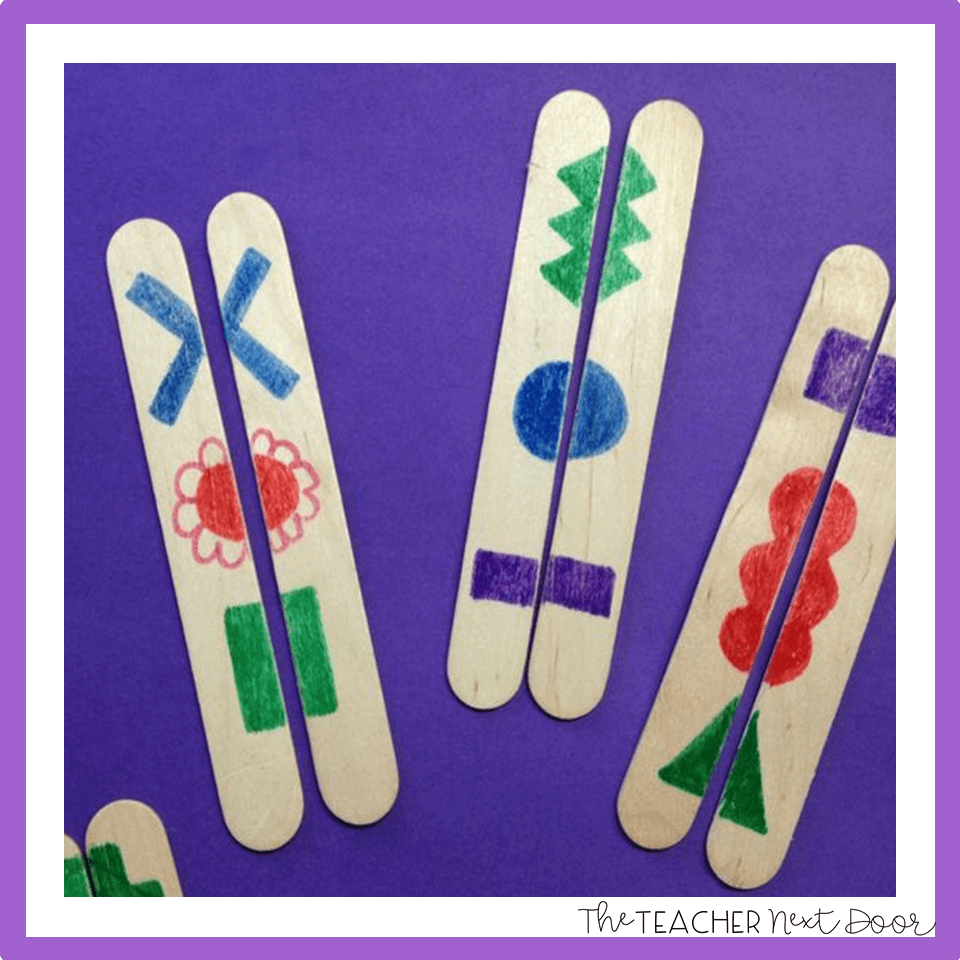
2. Colored Shape Popsicle Sticks
Draw simple colored shapes with markers or permanent markers, that are symmetrical on each Popsicle stick.

3. Character Popsicle Sticks
Write the names of characters from well-known books or movies (These are my student’s favorite ways to match up partners). It could also be adapted for groups of three and four.
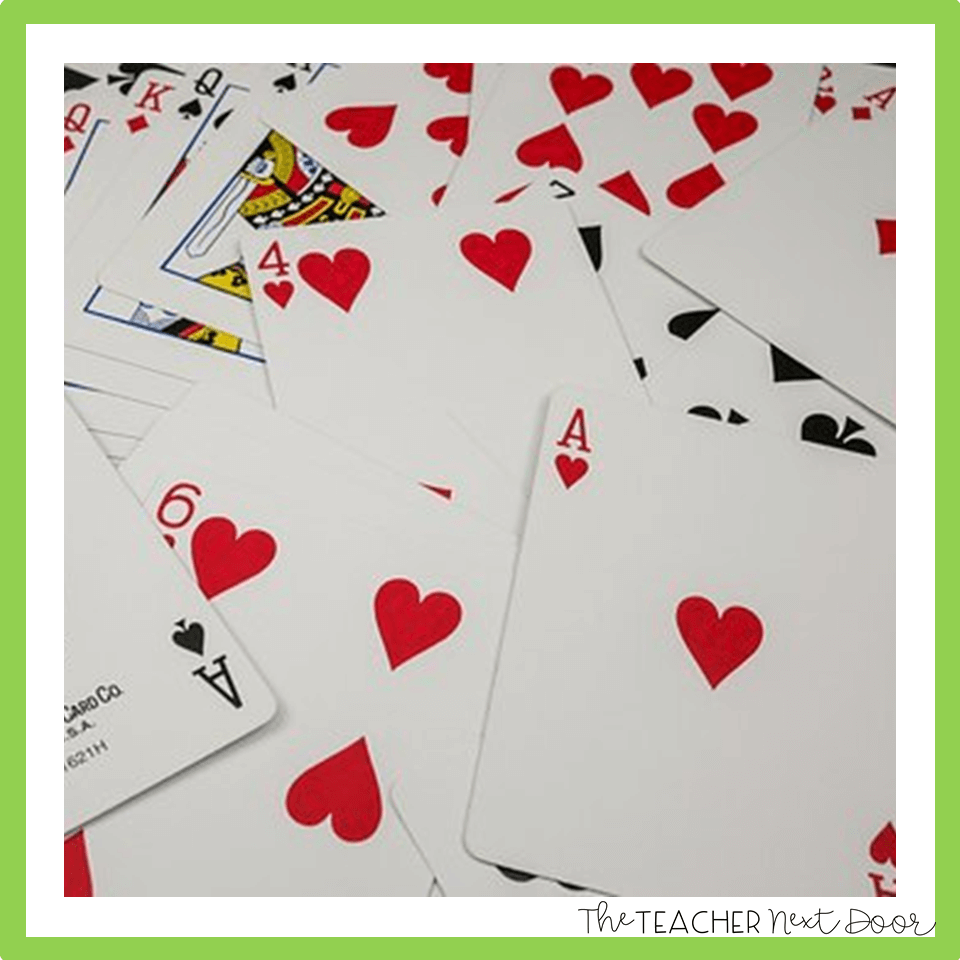
4. Playing Cards
These can be used in lots of ways. For large teams, put an even number of red and black cards in a shuffled stack. For groups of two, you can do two Queens together from different suits or groups of three could be three Jacks together, etc.
5. Postcard Puzzles
I love postcards because of their sturdiness. You can cut them up however you want, for the number of kids you want per group. Two pieces for groups of two, three for three, and so on. Just keep the pieces in separately labeled quart/gallon-sized baggies, so the organization of materials isn’t a problem.
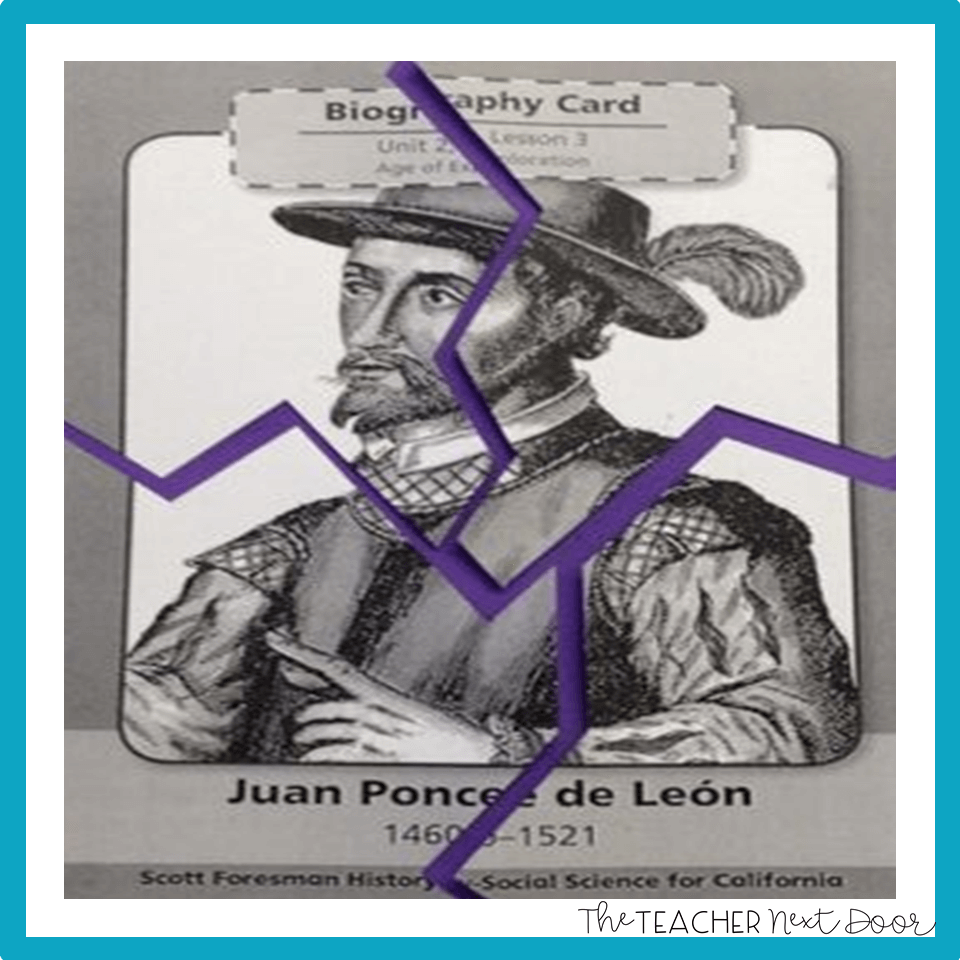
6. Picture Puzzles
This is one of my favorites! Find pictures that match whatever theme you’re working on, like different explorers, or solar system objects, or types of animals… Once you make a copy, cut it into the number of kids you want per group. whether that’s two, three, or more.
7. Rhyming Cards
Make pairs of rhyming cards and kids find the matching rhyme to match themselves up. You might do book and hook for twos, book, hook, and nook, for threes, and book, hook, nook, and took, for fours. Simple as can be!
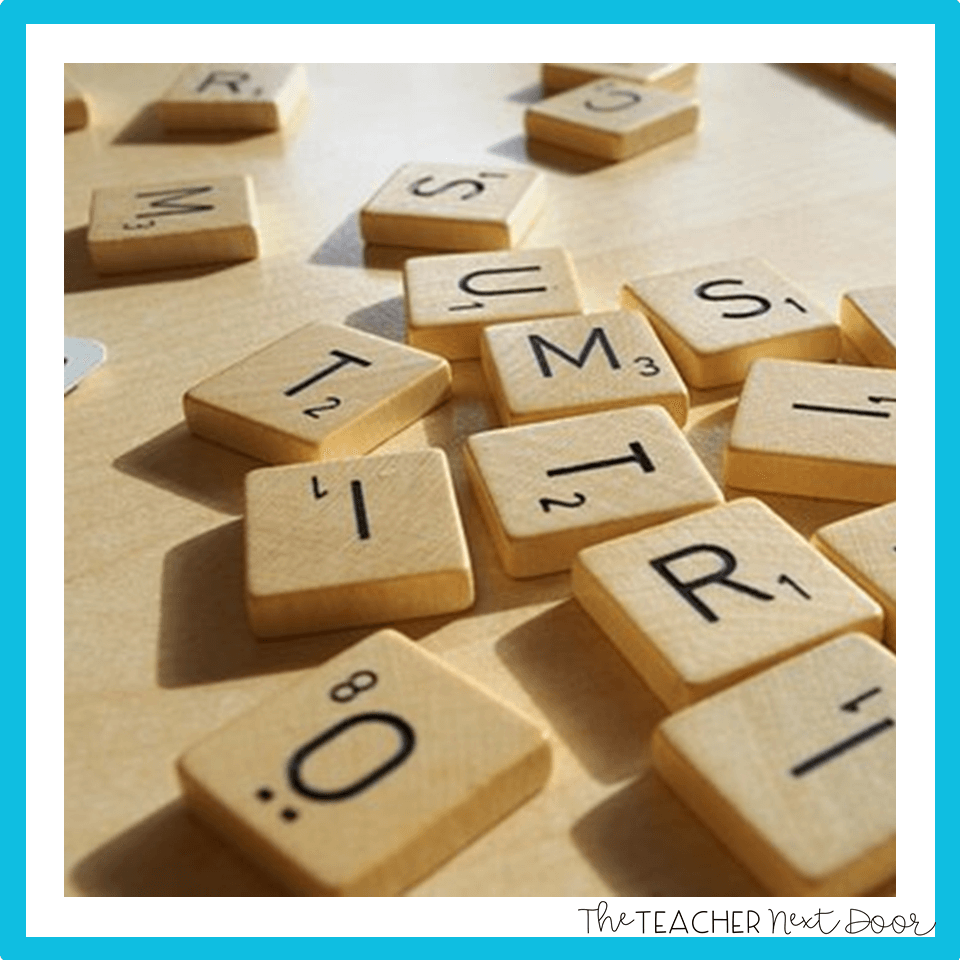
8. Scrabble Letters
For large groups, you could have an equal number of vowels and consonants in the mix. For smaller groups, kids could be matched by letter, so the two B’s find each other, or the three T’s find each other, etc.
Creating random groups in your classroom can be a quick and easy process, as lots of these ideas can be prepared in advance, and are ready at any time. I actually have a small caddy with coffee cups that are filled with each different type of popsicle sticks, since I use these so often.
What are some ways you like to randomly group your students?
Thanks for stopping by!
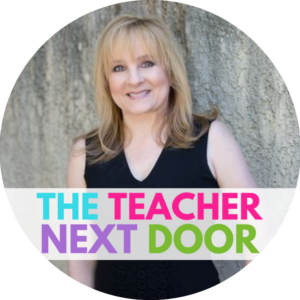
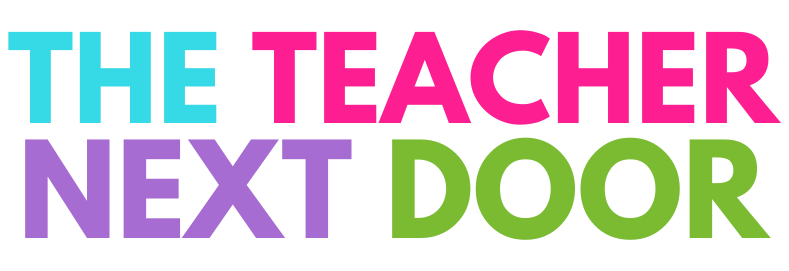

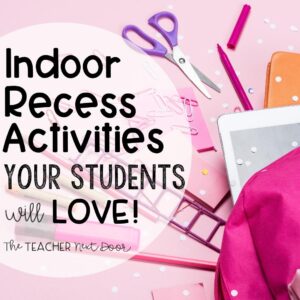
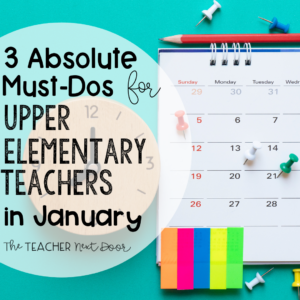
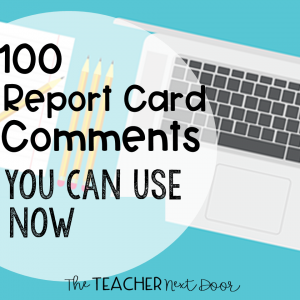
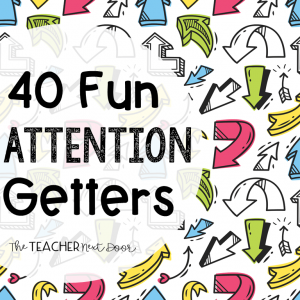
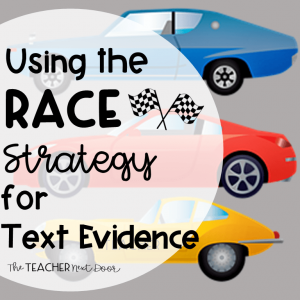


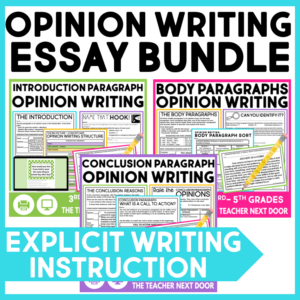

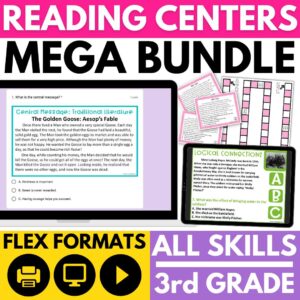
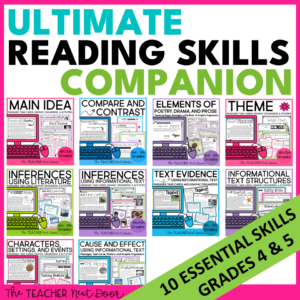
![DAY THREE DROPS! ⬇️⬇️⬇️
👉 Today, you can…
✔️ Grab done-for-you resources to keep your students engaged for $3
✔️ Grab FREE instant download activities!
✔️ Grab all of this week’s deals if you missed any!
ALL 5 of these comprehensive resources from my shop are $3 today to help fight spring fever in your classroom! 🌸🌼🌷
✏️ [BRAND NEW] Step-By-Step Personal Narrative Unit
✏️ Paired Texts Fiction to Nonfiction for Spring
✏️ 4th Grade Morphology & Vocabulary Unit
✏️ Main Idea Unit for 4th & 5th Grades
✏️ Figurative Language Complete Unit for Busy Teachers
Want the link to all the deals and freebies? Comment APRIL PARTY and we’ll send it directly to your DMs! 📫💌
PS - Don’t forget that you can still access all the Day 1 and Day 2 Deals too! 🩷](https://the-teacher-next-door.com/wp-content/plugins/instagram-feed/img/placeholder.png)

